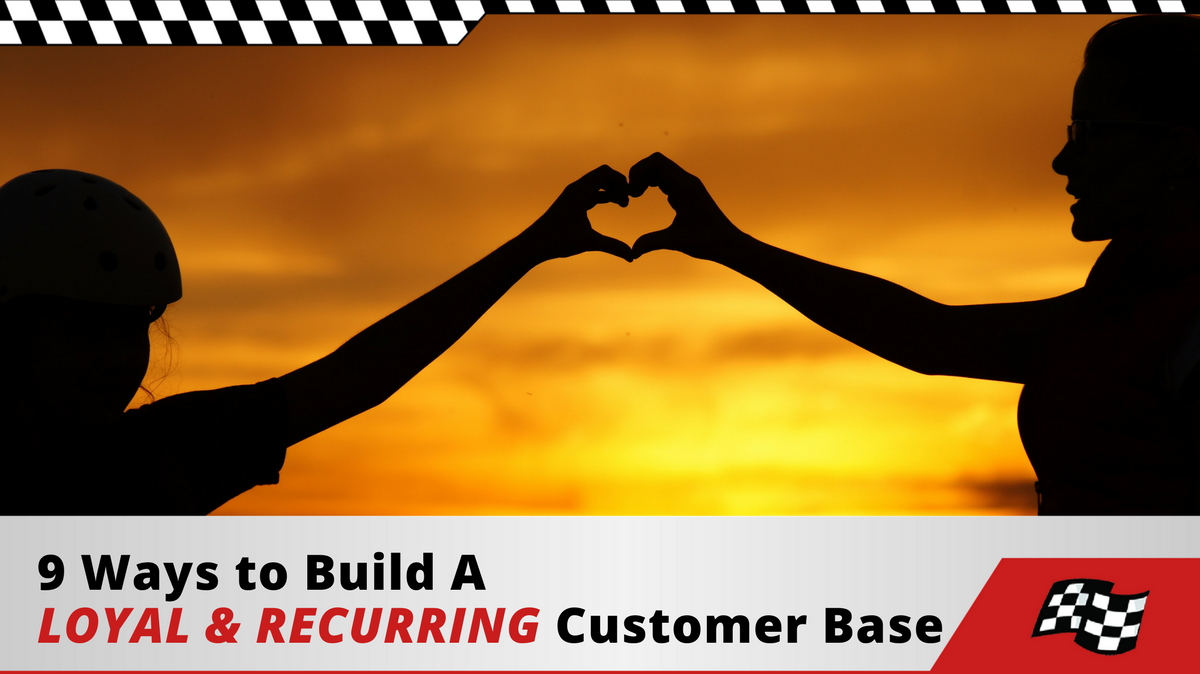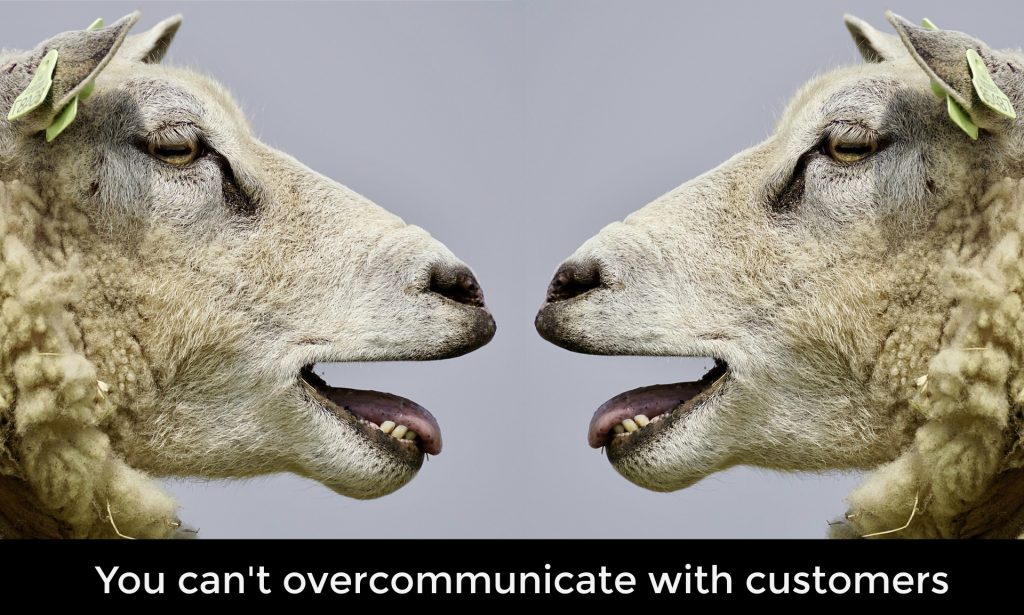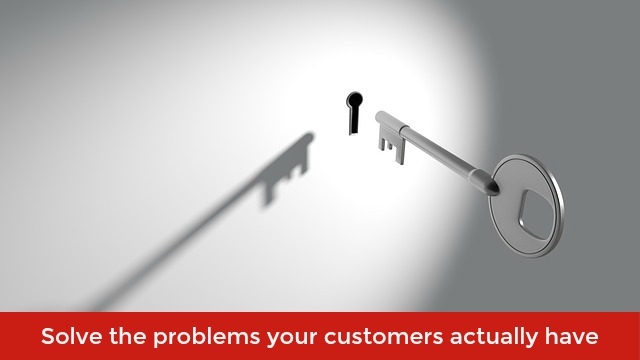
Whether you know it or not, you’re smack dab in the middle of a customer relations crisis. Every customer that quits, leaves, or otherwise stop buying your product or service is a crisis of monumental proportions. Or at least it should be considered one.
You don’t have to wait for customers leave en masse before you sit up and take notice. Every customer who leaves is hard-sought money out of your pocket. Take the opportunity to learn from each one.
Several years ago I was reading The Winning Attitude by John Maxwell. In the book, the author reprinted a sign that he had seen posted in an office for their employees. It read:
Why Customers Quit:
- 1% die
- 3% move away
- 5% other friendships
- 9% competitive reasons (price)
- 14% product dissatisfaction
- 68% bad customer experience
According to that, only 10% of your customers leave due to things you cannot control. That tells you that you can have a direct impact on the other 90%. Whether they stay or leave is almost entirely in your hands.
And with customer satisfaction one of the easiest and cheapest things you can change, a whopping 68% of your customers will stay just my making a few changes in your processes.
Below I’ve outlined nine things that you need to do if you want to build a loyal and recurring customer base.
1. Know your customers
How would you describe your target audience? If you answer with something like, “everyone interested in [insert your solution here],” then you really don’t know your customer very well at all. While that answer may be true in the grand scheme of things, it does nothing to help you focus on the people who are most likely to want what you offer.
Just because someone can be a customer, doesn’t mean they’ll be the best customer for you. What you need to do is dig into the “everyone who” and figure out who in that group is your ideal customer.
Your ideal customer may have a certain income, temperament, or expectations that you are able to cater to more than others. Narrow your customer base down to one or a handful of specific groups and learn everything you can about what makes them tick, how best to reach them, and–most importantly–how to solve their problems.
![]() Use our Buyer Persona Ebook & Worksheet to zero in on your perfect customer.
Use our Buyer Persona Ebook & Worksheet to zero in on your perfect customer.
2. Look for a long-term partnership
Every business is in need of the next sale in order to stay alive. You not only have to generate a new sale for every one that you lose, but you have to add to that every year if you wish to keep growing. But just looking for the next sale is short-term thinking. You should always be looking for the long-term partnership.
It’s important that customers know that you won’t do “anything to get a sale.” That is a recipe for a dissatisfied customer because sooner or later the customer will want something more than you are willing or able to do. If not before they become a customer, then after. And the moment they don’t get what they want, you have a customer satisfaction issue on your hands.
Always be willing to pass up an immediate sale if you don’t see a long-term partnership in the making. Let prospects know up front if you don’t feel like you’re able to provide spectacular customer satisfaction.
3. Communicate often

We have a saying around our office that you can’t overcommunicate. Especially with customers. Now that’s not a license to be unnecessarily long-winded, but it does help move you into the camp of explaining more, not less.
I tell my team that I never want to hear about a problem or issue from clients. I want it to be us telling them first. And when clients ask questions, we never just answer it. We answer it and then explain why.
Ultimately, you’ll have to learn every customer’s communication preferences, but more is almost always better. Start there and then draw back only if the customer requests it.
4. Listen more often
People love to talk. But in order to talk, someone needs to be listening. Communicating with your customers is important, but even more important than that is listening to them. The fact is, if you fail to listen, you’ll have no idea what your customers truly need.
People don’t often just come right out and say what they want. The truth is, they probably don’t know themselves. Good listening requires a good amount of interpretation skills. But the more you listen, the more you’ll understand what it is your customers really need.
5. Be honest about your weaknesses
I love working with people who are willing to rise to almost any challenge put before them. But more than that, I love when people are honest about what they can’t do. I’ll take 10 people who tell me they can’t (and why) than one person who says they can (and doesn’t.)
You don’t want customers to find out about your weaknesses from a bad experience. Get out ahead of it and let them know not just what your strengths are but what your weaknesses are as well. This not only builds credibility, but it also gives you a chance to not only meet but to exceed their expectations.
6. Seek to solve real problems

I don’t know how many times I experience a product that seems to solve every problem except the one I actually have. Now I’m sure that other people have different problems than me, but more times then not it seems that companies are offering solutions to problems that don’t exist.
Focus your solutions on your target audience’s biggest real problems. Before you start adding new features or other benefits, you have to have a product that gives your customers real solutions.
7. Be proactive in offering new solutions
Once you have your customer’s primary problems solved, start looking for additional ways to help. This might be in the form of product improvements or upsells, or even value-added services, but never stop looking for ways to improve your customer’s experiences.
8. Invest in modern technology
If you’re going to have the best solution for your customers, you need to invest in the best technology to make it happen.
For your company that might be machinery, computer equipment, software or tools. Now all of those things may be working just fine, but they could also be slowing down your productivity without you knowing it.
Recently we purchased a new computer for our team, and nobody wanted it. Everyone was happy with the computer they were using. But I know that some of these computers are five years old. If they are not experiencing problems with them now, they soon will be. And those problems reduce, realized or not, reduce effectiveness.
I pretty much had to force a new computer on someone, but I know, they’ll be better off for it. As will our clients.
9. Invest in modern marketing
And just like your technology, your marketing needs to be up to date. We live in a digital age, and today it’s where the bulk of effective marketing happens. That’s not to say trade shows, magazines, and TV/Radio ads don’t work, but that they are far lower on the ROI scale than digital marketing.
But even there, it’s easy to get behind. A website is not enough. Social media is not enough. Content is not enough. You need a holistic digital marketing strategy that will effectively take you into the next decade.
Falling behind in your digital marketing can dig you into a hole that will take years to work your way out of. If there is any one place you don’t want your competition to get the advantage it’s online. Once authority is achieved, it’s easy to maintain, but once lost, it’s difficult to regain.
Are you fully invested in digital marketing? If not, you’re absent in one of the key areas where customer loyalty is built and maintained. In fact, a good digital marketing strategy will help you in many of the areas noted above.
Loyal customers cut costs
You will always have to spend money to earn new clients. But once you have them, don’t let that investment fall through the cracks. The more you invest in building customer loyalty, the less you’ll have to invest in new customer acquisition. And we all know that it costs less to keep a customer than to gain a new one!

